
All categories
Featured selections
Trade Assurance
Buyer Central
Help Center
Get the app
Become a supplier

(24794 products available)






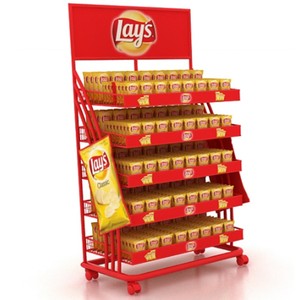
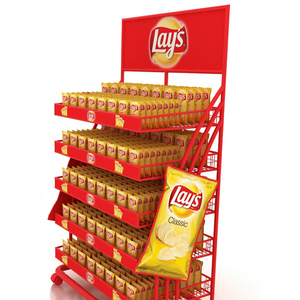
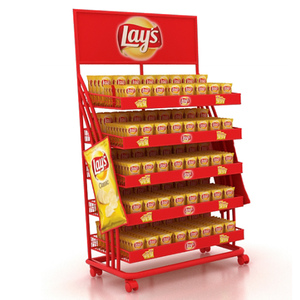
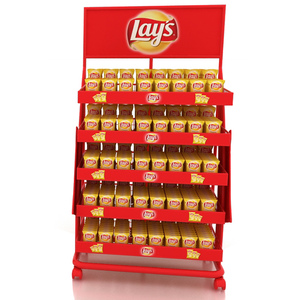
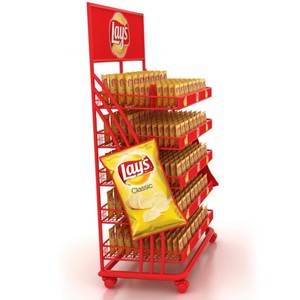
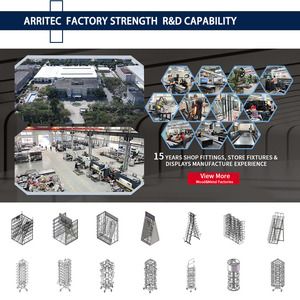








































The retail sector relies heavily on rack for fruit and vegetables, which functions as a primary display and organization tool in supermarkets. These buildings enhance product exposure to maximize space use and help to raise sales and consumer happiness. Different designs, materials, and arrangements of supermarket shelves exist to match various store layouts and product categories. The continual evolution of retail spaces is raising the demand for adaptable and durable rack for fruit and vegetables, which motivates producers to provide solutions fitting the shifting needs of contemporary supermarkets.
The market provides several kinds of rack for fruit and vegetables created to satisfy particular needs in supermarkets. The basic categories include Gondola, wall-mounted, end caps, and island shelves. Gondola shelves are appropriate for busy areas since they are easy to install in the aisle center to show goods on both sides. Installed on store walls, wall-mounted shelves help to create more storage space and show items vertically. Placed at the aisle ends, end cap shelves are appropriate for promotional items. Often used for seasonal items or special promotions, island shelves are free-standing devices that enable 360-degree product display. Every kind of rack for fruit and vegetables has been created to maximize product exposure and accessibility to enhance the buying experience.
rack for fruit and vegetables aims primarily to keep and show goods so that consumers may easily browse and choose items. Strong construction, modular designs, and adjustable heights, among other features of these shelves, improve performance. Adjustable heights allow supermarkets to modify the shelf space to meet the size of the products, hence maximizing the vertical space. Modular designs give retailers flexibility in modifying layouts to fit new product lines or seasonal needs without great effort. Moreover, sturdy materials like steel or reinforced plastic ensure that rack for fruit and vegetables can support the weight of goods and the many consumers interacting with the shelves. Other characteristics could be anti-theft systems to protect important things, lighting choices for improved product identification, and built-in price tag holders.
Building rack for fruit and vegetables calls for the use of various materials to provide strength, longevity, and appeal. The most often utilized materials are reinforced plastic, wood, and steel. Steel is favored for busy places since it is sturdy and can bear much weight. Usually seen in specialty shops or areas desiring a warm atmosphere, wood offers a more traditional and rural appearance. Strong yet lightweight, reinforced plastic is a reasonably priced choice for lighter objects or temporary displays. Powder coating also helps manufacturers to improve the look and lifetime of [keyyord], lower corrosion risk, and simplify maintenance. Sustainability is becoming a key issue. Thus, more and more eco-friendly materials are being included.
The correct use of rack for fruit and vegetables is the skill of planning and execution to guarantee that it fulfills its function most effectively. Managers should chart the store layout and traffic flow to identify the most strategic places for shelves and direct consumers through the store without congestion. Changing product displays and refilling goods based on sales data helps keep the shopping experience fresh. Maintaining the look of the store and the confidence of the consumers depends on keeping rack for fruit and vegetables clean and well-maintained. To avoid stockouts and guarantee that the items are available to the consumers, staff members should be taught to reload the shelves quickly and maintain their order. Moreover, operations may be more efficient by adopting inventory control systems or digital shelf-labeling technologies. Using rack for fruit and vegetables more helps to improve customer service.
The process of selecting the right rack for fruit and vegetables for a supermarket requires a detailed evaluation of multiple elements. The first factor is the arrangement and dimensions of the store. The shelving design of rack for fruit and vegetables best fits the space available to display products effectively and enables customers to navigate the area easily. Product types determine the appropriate selection of shelves. The choice between heavy-duty shelving units with reinforced materials and economical shelving solutions depends on the weight of the items being stored. The aesthetic quality of rack for fruit and vegetables should match the branding elements and atmosphere of the store while establishing a harmonious shopping space.
Flexibility represents an essential element that rack for fruit and vegetables should possess. Select shelving systems that allow users to adjust their components and provide modular features. Modifying the display configuration becomes possible when such systems adjust to new product lines or seasonal product requirements. Select shelves that feature adjustable height settings and interchangeable parts, enabling users to modify them based on product measurements and shapes. The longevity and resistance to wear and tear from regular usage and customer contact depend on the selection of materials used in rack for fruit and vegetables.
The selection of rack for fruit and vegetables heavily depends on durability considerations. The preferred material for supermarket shelving is steel because it provides strength and load-bearing capabilities that support busy shopping areas. The lightweight yet sturdy alternative provided by reinforced plastic makes it suitable for displaying lighter products or establishing temporary displays. Wood creates a charming appearance, yet provides less durability than steel materials. The selection of rack for fruit and vegetables material depends on the store requirements and product specifications.
Organizing product displays for maximum visibility requires proper shelving placement and design arrangement. The positioning of shelves should guide customers toward important products and promotional items by following the flow of store traffic. Users should use shelving that adjusts to different product dimensions to maximize available vertical space while keeping products more visible to customers. Additional lighting elements attract customers by highlighting products that improve their shopping experience. The visibility and freshness of rack for fruit and vegetables products will remain optimal by periodic product updates and rotations.
Modular rack for fruit and vegetables provide multiple benefits that focus on flexibility and adaptability. Supermarkets benefit from modular shelves since they allow easy changes to product displays during seasonal shifts or new product introductions without major renovation work. Modular components allow users flexibility through height adjustments and feature additions to support different product types. The adaptable nature of rack for fruit and vegetables improves its functionality alongside effective inventory management for better customer satisfaction.
Supermarkets can customize their rack for fruit and vegetables options to match their brand identity when they want to enhance store visual identity. Store branding appears on shelves through customized colors, designs, and logos. Store branding receives reinforcement through customized rack for fruit and vegetables, which produces a consistent shopping environment that customers will remember. Additional unique elements like themed end caps and specialized lighting options should be integrated to maximize the visual appeal and branding potential.
Ensuring their lifetime and use depends on rack for fruit and vegetables maintenance. Regular cleaning and examination must preserve their visual appeal and structural integrity. Store employees should be taught how to refill quickly to guarantee shelves stay tidy and clear of clutter. Using inventory control systems can help to simplify the process, hence maximizing the usage of rack for fruit and vegetables and improving general store operations. Handle any damages immediately to avoid affecting product presentation and consumer experience.